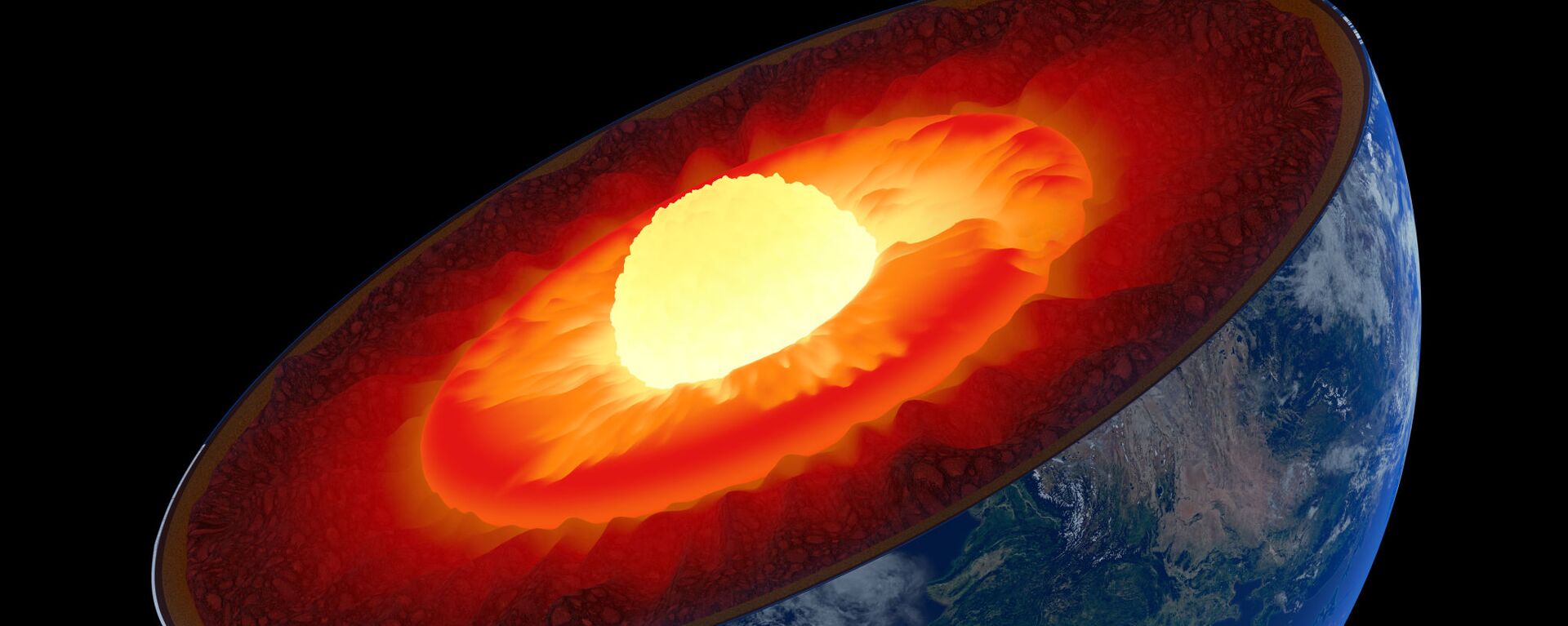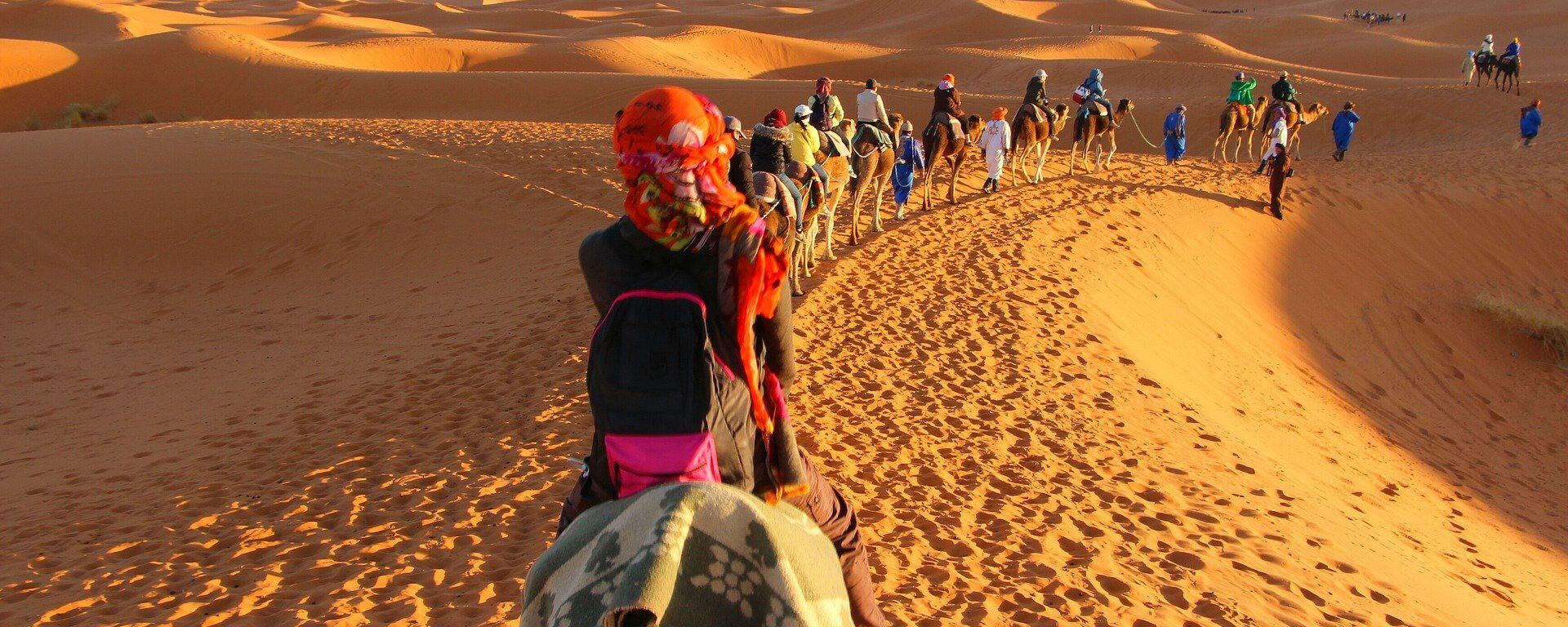https://sputnikglobe.com/20240624/rare-traces-of-earths-primordial-crust-lurk-in-australias-ancient-rocks-1119105096.html
Rare Traces of Earth’s Primordial Crust Lurk in Australia’s Ancient Rocks
Rare Traces of Earth’s Primordial Crust Lurk in Australia’s Ancient Rocks
Sputnik International
Australia’s ancient rocks have helped scientists find remnants of our planet Earth’s «original» crust, a new revealed.
2024-06-24T15:28+0000
2024-06-24T15:28+0000
2024-06-24T15:28+0000
beyond politics
science & tech
planet earth
earth
crust
zircon crystals
australia
https://cdn1.img.sputnikglobe.com/img/07e8/06/18/1119104515_0:160:3072:1888_1920x0_80_0_0_1c29948c60235224c96558bac583e079.jpg
Australia’s ancient rocks have helped scientists find remnants of our planet Earth’s «original» crust, new research has revealed.The Earth formed around 4.5 billion years ago from the crystallization of the surface magma ocean.Continental crust, rich in mineral resources, now covers 41 percent of our planet’s surface, but it is mostly deeply buried.A team of scientists from the School of Earth and Planetary Sciences, Curtin University, Perth, hit upon a method of peering into that deep primordial crust.Believed to be almost 4 billion years old, rocks in the Murchison district of Western Australia are some of the most ancient. The study, published in Communications Earth & Environment, explains how geological structures known as dykes can carry tiny fragments of minerals from depths of at least 50 kilometers up to the surface.The team examined the structures in rocks near the town of Collie, in the South West region of Western Australia. The study dated grains of of the semi-precious mineral zircon that contains trace amounts of uranium. Since the uranium decays to lead over time, measuring the ratio of lead to uranium in zircon crystals can reveal their age — with some dating back 3.44 billion years.The zircon stones survived their journey from the bowels of the earth because they were encapsulated in a different mineral – titanite.More zircon grains were found further north, suggesting that the ancient rocks of Western Australia cover a greater area than previously thought.Since metals are often found at boundaries between blocks of the primordial crust, mapping these zones will aid further investigation of mining potential, added the study.
https://sputnikglobe.com/20220722/earths-crust-drips-like-cold-syrup-into-planets-core-study-says-1097699836.html
https://sputnikglobe.com/20240304/how-old-are-the-dunes-researchers-reveal-age-of-earths-largest-sand-sea-1117122192.html
earth
australia
2024
News
en_EN
https://cdn1.img.sputnikglobe.com/img/07e8/06/18/1119104515_171:0:2902:2048_1920x0_80_0_0_93bc6c310bf40bf573a1ed259222bb96.jpg
australia’s ancient rocks contain remnants of earth’s primordial crust, when was earth formed, how old is planet earth, what is earth’s crust, what did australia’s ancient rocks reveal about earth’s primordial crust,
australia’s ancient rocks contain remnants of earth’s primordial crust, when was earth formed, how old is planet earth, what is earth’s crust, what did australia’s ancient rocks reveal about earth’s primordial crust,
Precious few exposed areas on Earth offer researchers an opportunity to directly observe our planet’s ancient crust. Australia, boasting some of the world’s oldest rocks, possesses such zones.
The Earth formed around 4.5 billion years ago from the crystallization of the surface magma ocean.
Continental crust, rich in mineral resources, now covers 41 percent of our planet’s surface, but it is mostly deeply buried.
A team of scientists from the School of Earth and Planetary Sciences, Curtin University, Perth, hit upon a method of peering into that deep primordial crust.
The team examined the structures in rocks near the town of Collie, in the South West region of Western Australia.
The study dated grains of of the semi-precious mineral zircon that contains trace amounts of uranium. Since the uranium decays to lead over time, measuring the ratio of lead to uranium in zircon crystals can reveal their age — with some dating back 3.44 billion years.
The zircon stones survived their journey from the bowels of the earth because they were encapsulated in a different mineral – titanite.
More zircon grains were found further north, suggesting that the ancient rocks of Western Australia cover a greater area than previously thought.
Since metals are often found at boundaries between blocks of the primordial crust, mapping these zones will aid further investigation of mining potential, added the study.



